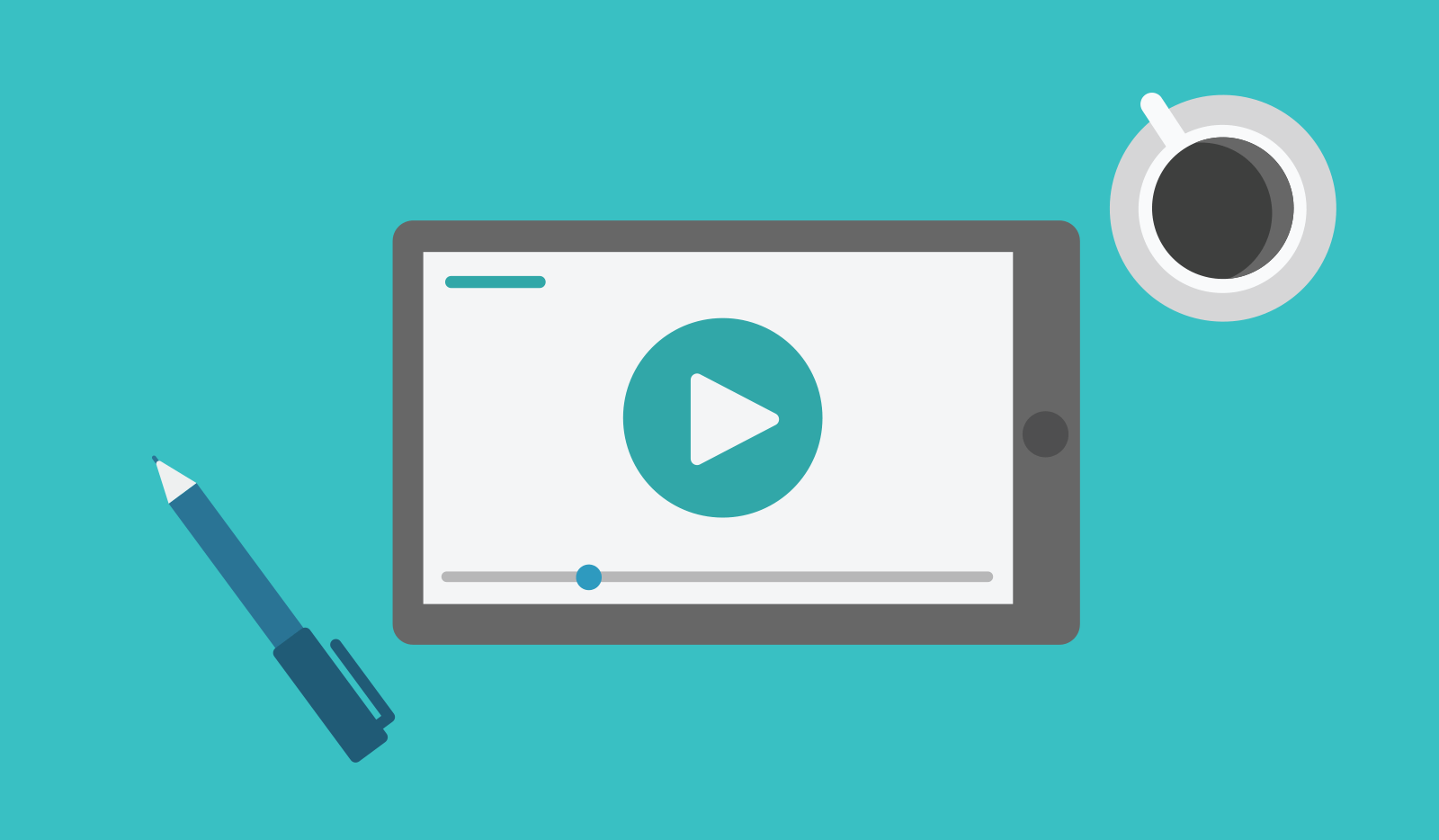
Which are the best social media for your small business?
“You have to get an account on this social media channel! We’ve increased our revenue by 20 percent in just three months.”
I’m sure you’ve heard people saying things like this countless times.
Yes, social media is a powerful and cost-effective digital marketing tool. However, all networks are not created equal. It takes time and effort to create great content that generates engagement. Therefore, to achieve maximum ROI, you must be on the right platform.
Here’s a look at some of the most popular social media networks for small businesses. We hope to give you an idea of which may be the right one for you!
Facebook
Unsurprisingly, we start with one of the biggest names in the world. The platform’s popularity is one of its most significant benefits. Facebook receives over 2.4 billion active users monthly and over 1.5 billion active users daily.
The networking service also has a broad demographic appeal. It attracts adult users of all age groups. However, 25-34-year-old men are the most active users. You’re not out of luck if your company targets a slightly older generation. Recently, adoption among 65+ groups has increased on the platform.
Facebook is accessible to any organisation regardless of industry. It’s considered the top platform for both B2B and B2C businesses in a survey of over 9,000 B2B and B2C organisations.
There are over 90 million small businesses on Facebook, so competition for views is stiff. Additionally, organic traffic is on the decline as social content has a higher priority than the paid variety. To nurture more leads and organic conversions ensure you’ll need to publish new posts regularly. You’ll also need to invest in advertising. Luckily, even a small budget gives you access to Facebook’s effective targeted advertising platform.
Facebook is good for B2B companies, non-profits, and brick and mortar stores.
Instagram
Engagement is one of the most important social media metrics to track. With one billion active users monthly and nearly 500 million daily, Instagram has a smaller audience than Facebook. However, it has the most engaged users of any social network.
For female-focused companies trying to engage with a younger demographic, Instagram is the way to go. The majority of the site’s users are female and in the 18-35 age bracket.
Instagram is primarily a photo and video-sharing social network that’s best used as a brand-building tool. To succeed on this platform, you’ll need to master the art of creating eye-catching images. You’ll also need to hone your storytelling skills. Stories have a 23 percent higher conversion rate than promoted content.
Facebook owns Instagram, so while there is some cross-over, it’s easier to build organic traffic on the latter. For a business with a limited advertising budget, this is a great option.
Instagram works well for beauty, lifestyle, interior design, travel, architecture, and entertainment industries. However, products or services that can create impressive visuals by association also do well. A great example of this is GoPro.
Twitter
Twitter is a fast-paced social networking channel. The site’s primary users are between 18 and 49 years old, and there are more males than females. Though it’s dwarfed by Facebook, this platform it still attracts 321 million users monthly and 126 million active users daily.
Twitter attracts all types of companies. However, those that thrive on this platform use it more for engagement than advertising. Wendy’s, Oreo, and Taco Bell are great examples of this.
People use Twitter more for real-time updates and to talk about and share ideas than to view content. For small businesses, therefore, Twitter works best as a secondary social media channel.
Use the platform for announcements on a new product, specials, deals or sales, or an upcoming event. You can also use it to monitor conversations about your brand and keep an eye on industry trends. Twitter also shines as a social care channel. Twitter reports that companies that use their platform for customer support see a 19 percent increase in customer satisfaction.
Products or services related to the Fast-Moving Consumer Goods (FMCG), newspapers, media, and sport all do well on Twitter.
LinkedIn
LinkedIn is a profession-driven social networking site. Unlike other social media channels, it is more formal and business oriented. You should consider using this platform if your target audience consists of more career-minded professionals. LinkedIn’s membership includes millions of senior-level influencers decision-makers, opinion leaders, and C-level executives.
LinkedIn is 272 percent more effective at generating leads than Facebook and Twitter. Also, the site is responsible for driving 50 percent of social traffic to B2B websites.
To thrive on this platform, you need to create content that establishes your authority on your subject matter. Not only will this help build your brand’s professional image, but it also aids relationship building. Luxury goods, service and software providers, and B2B businesses do well on LinkedIn.
As you can see, your industry may determine which is the best social media platform for your small business, although we encourage you to try them out for yourself and see what works. You may find that there isn’t one right answer or perfect solution. If you already have a presence on some or all of these channels, this guide may help guide you in deciding where to focus your efforts for the best chance of marketing success.